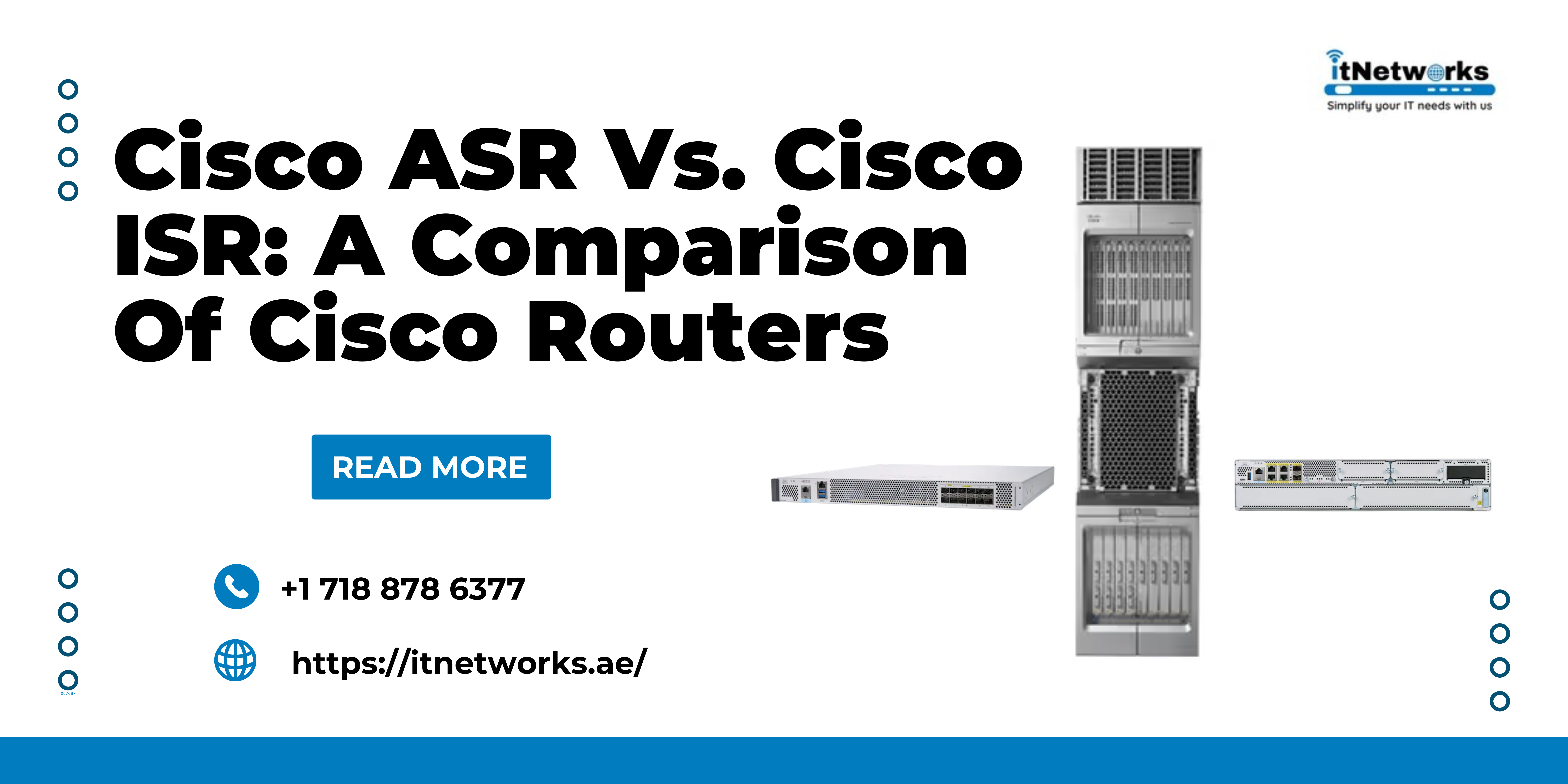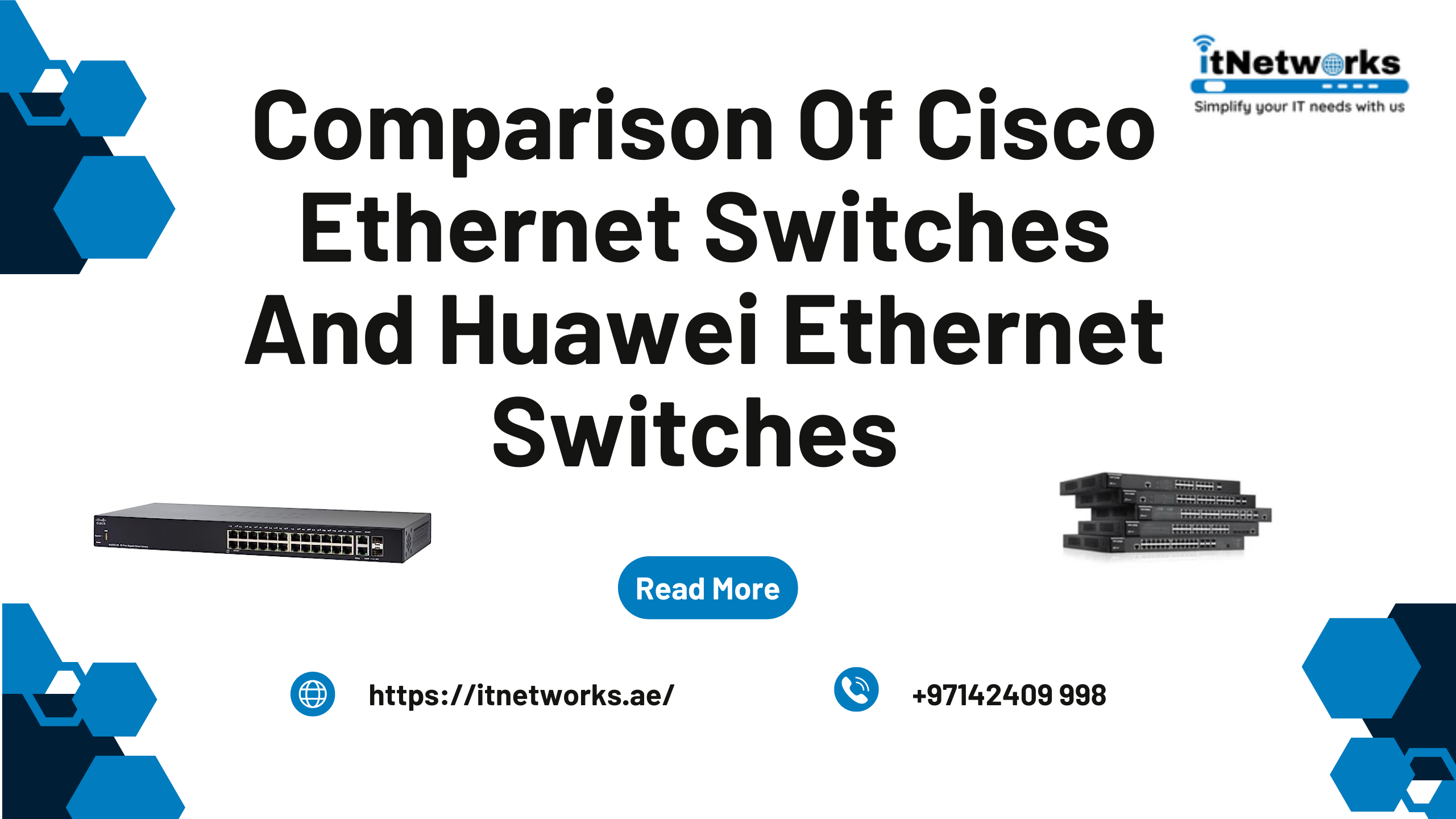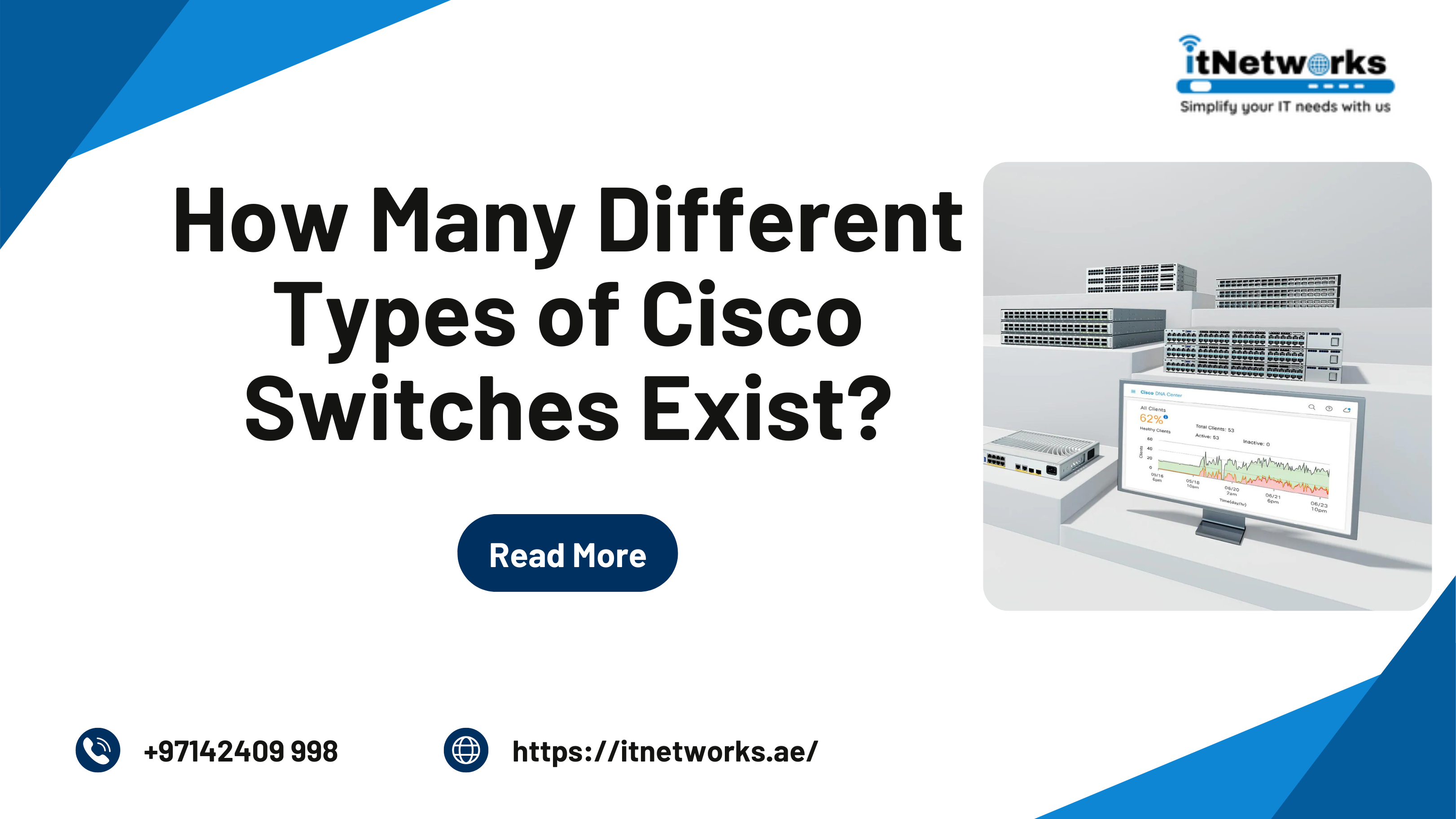Managed vs. Unmanaged Switches: How to Differentiate
The local area Ethernet networks need numerous networking hardware devices to ensure the connectivity of the devices. Here, a network switch is the most important component. To connect the devices on a particular Local Area Network (LAN), it acts like a brain. It receives the message from the target source and forwards it to the required devices in order to ensure an effective data flow among device on LAN. There are switches available with numerous specifications and configurations. However, there are two main categories among them: managed and unmanaged switches. In this post, you will know the major differences between managed and unmanaged switches.
Managed switches offer higher capabilities than unmanaged switches; however, they require a precise and skilled administration team to make the most out of them. These switches allow better control of the network and the data frames moving through the network. On the other hand, unmanaged switches enable communication with each other in the most basic form.
What are unmanaged switches?
To determine the parameters like data rates and whether to use half-duplex or full-duplex, unmanaged switches use auto negotiated ports. These switches don’t have the concept of virtual LANs; hence, all of the devices connect to the same broadcasting domains.
When two devices within the same network try to send data at the same time, the end device is forced to retransmit and switch drops both packets. This situation is called a collision. Collision is a layer 2 boundary where devices can send or broadcast frames and reach all devices within the same segment.
What are managed switches?
This switch allows the users to adjust each port on the switch to any setting, manage, configure and monitor the network in several ways. Also, it provides control over who can access the data and greater control over how data is going to travel over the network.
To allow the users to monitor the statuses of the network switches, exchange ports, provide statistics like traffic throughput, network error, and port status, manage switches offer a simple Network Management protocol. By tracking the data, the network admin uses it for troubleshooting and network capacity purposes.
Managed switch ports can be configured as trunks. A trunk is a process that tags data frames with a VLAN ID and transports multiple VLAN frames throughout the single link. This is conventionally used to connect two switches or to a VM server that needs access to multiple VLANs. In addition to this, the admin can virtually combine multiple ports to create combined links that transport at many times the speed of a single link. It also allows the administrators to make configuration changes or adjustments from several geographic locations.
Managed vs. Unmanaged Switches: Four Key Points to Comprehend The Difference
- Cost
- Security
- Feature
- Performance and control
Now let’s understand one by one:
Cost
Cost is one of the important dichotomies between both of these switches. When we look at unmanaged switches, these are considerably cheaper than the managed ones. So, considering that, these switches are measured enterprise-grade. Organizations who are interested in unmanaged switches can directly purchase them through the manufacturer online.
Security features
Managed switches provide many security features, unlike the unmanaged switches. These security features include 802.1X authentication, private VLANs, port security, etc.
Features
The features of managed switches vary among manufacturers and models but most of the time includes the following:
- The support of spanning tree protocol and redundancy without creating loops.
- Many STP iterations exit and are commonly configured including traditional STP, per-VLAN STP, rapid STP, and multiple STP.
- Quality service
- VLAM support
- Bandwidth rate limited
- Port mirroring
On the other hand, the features of unmanaged switches include the MAC address table. The MAC address table helps reduce the overall number of broadcasts transmitted to limit the number of potential collisions throughout the domain. Also, it is the key point of difference between an unmanaged switch and an Ethernet hub.
Performance and control
Control and performance is certainly the most prominent difference between managed and unmanaged switches. However, the networking team is responsible for maintaining both the switches, the team can configure managed switches to handle network traffic differently. Other differences are the ability to remotely access configurations and the ability to monitor devices using monitoring protocols, such as SNMP, Netflow, and other network telemetry data.
Also, the managed switches require one or more administrators that comprehend network configuration and monitoring concepts. The administrators require knowing how to apply the concepts to switch configurations. Contrasting to this, the unmanaged switches have more of a plug-and-play installment process.
How to Choose Between The Managed And Unmanaged Switch
It is important to choose the right network switch that meets the requirements of your IT scope. The managed switches are considerably more expensive than unmanaged switches as they need software patches, updates, and typically a skilled professional for operations and implementations.
An organization might require a managed switch if the business begins to approach hundreds of devices. The larger businesses have staff that can configure and handle advanced performance, monitoring, and security features.
On the other hand, small businesses with several dozen connected devices can likely benefit from deploying an unmanaged switch because a single flat network can easily handle the level of traffic that a small network generates.
Bottom line
We hope that this post has helped you to know the difference between managed and unmanaged switches. If you are inquisitive to learn more about the best business security solutions, feel free to get connect with our experts through WhatsApp at +971585811786.





